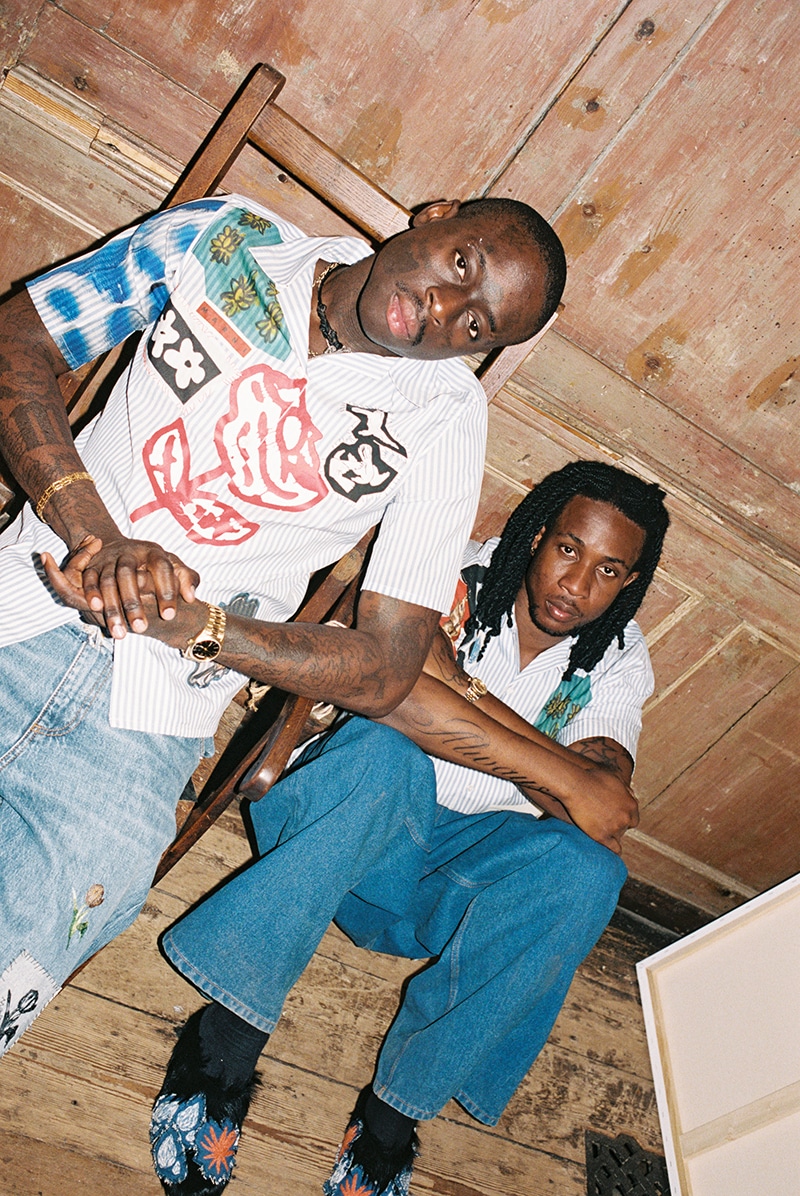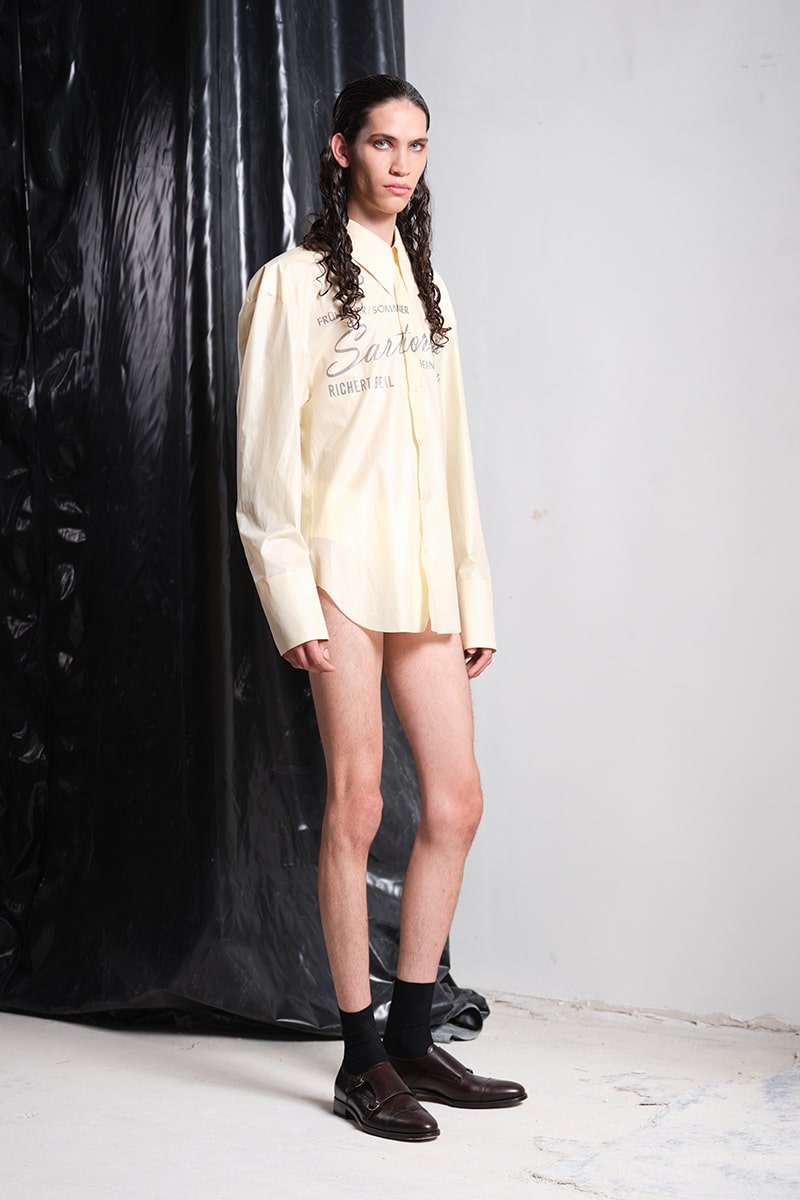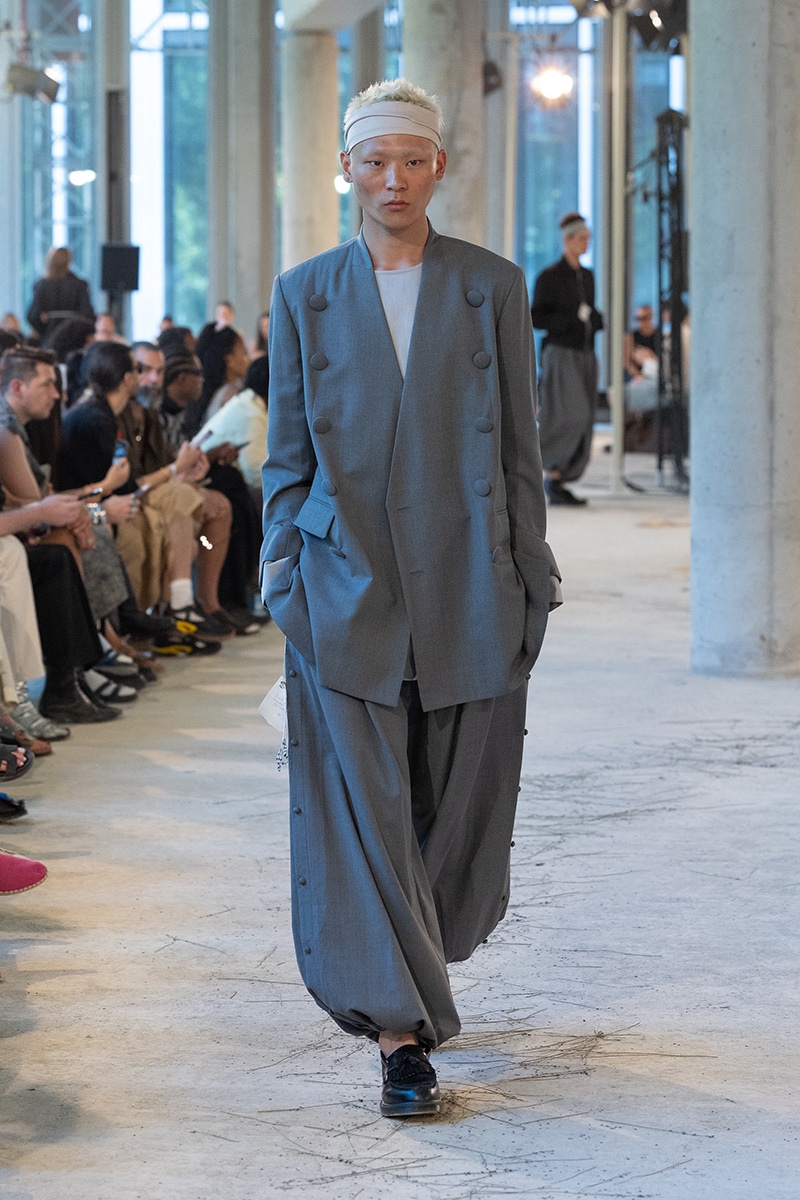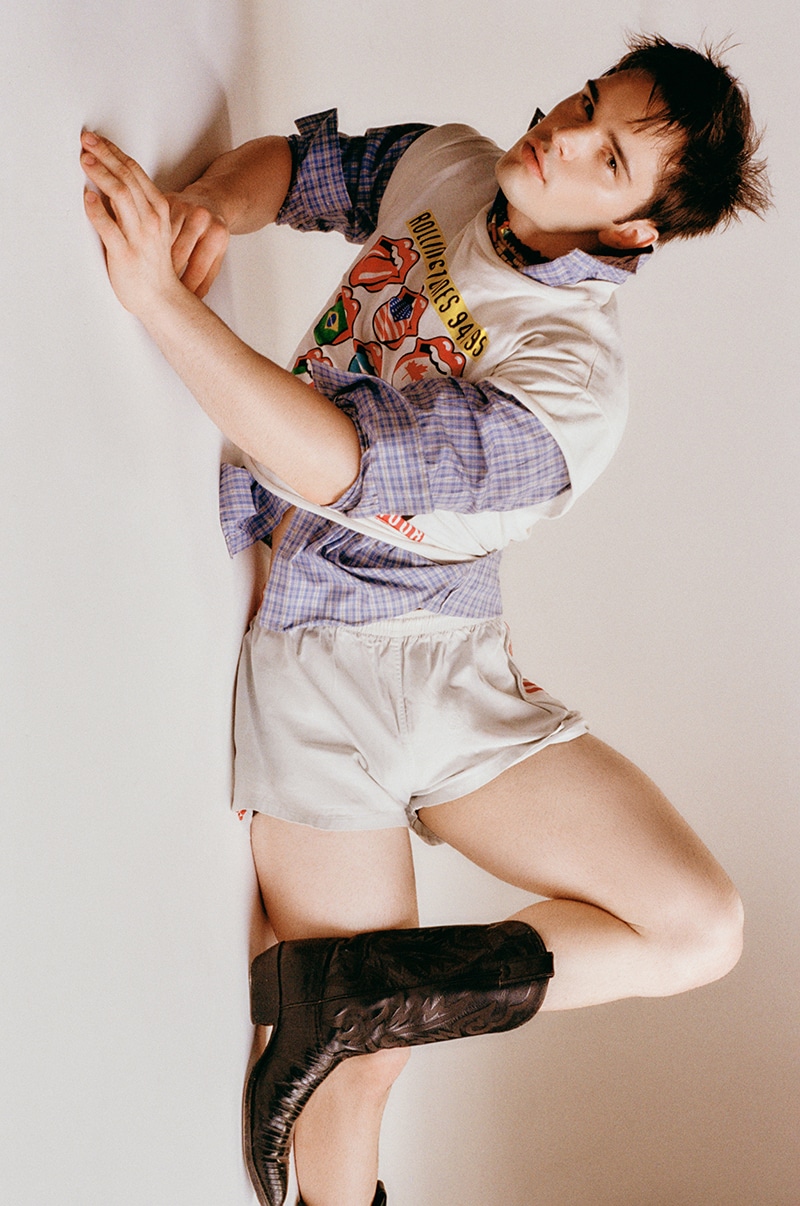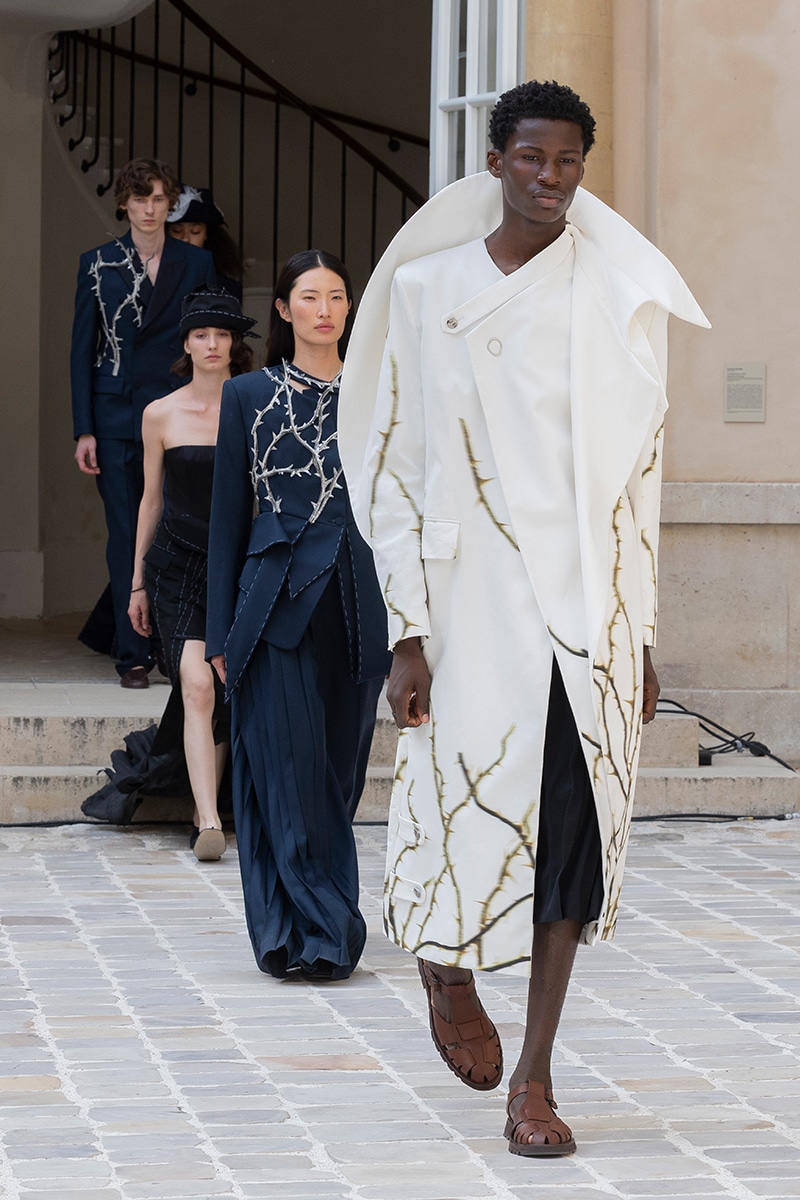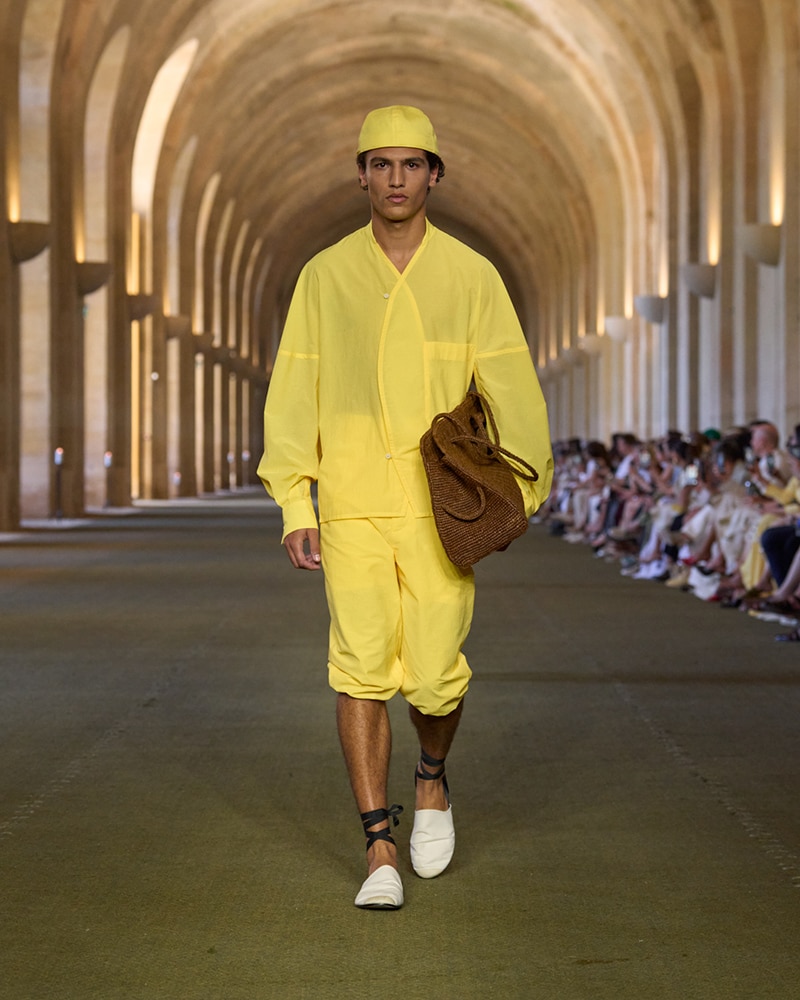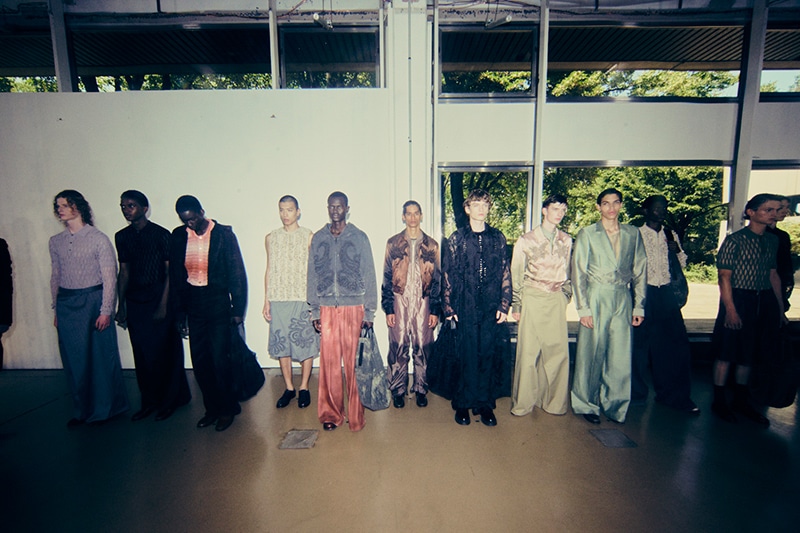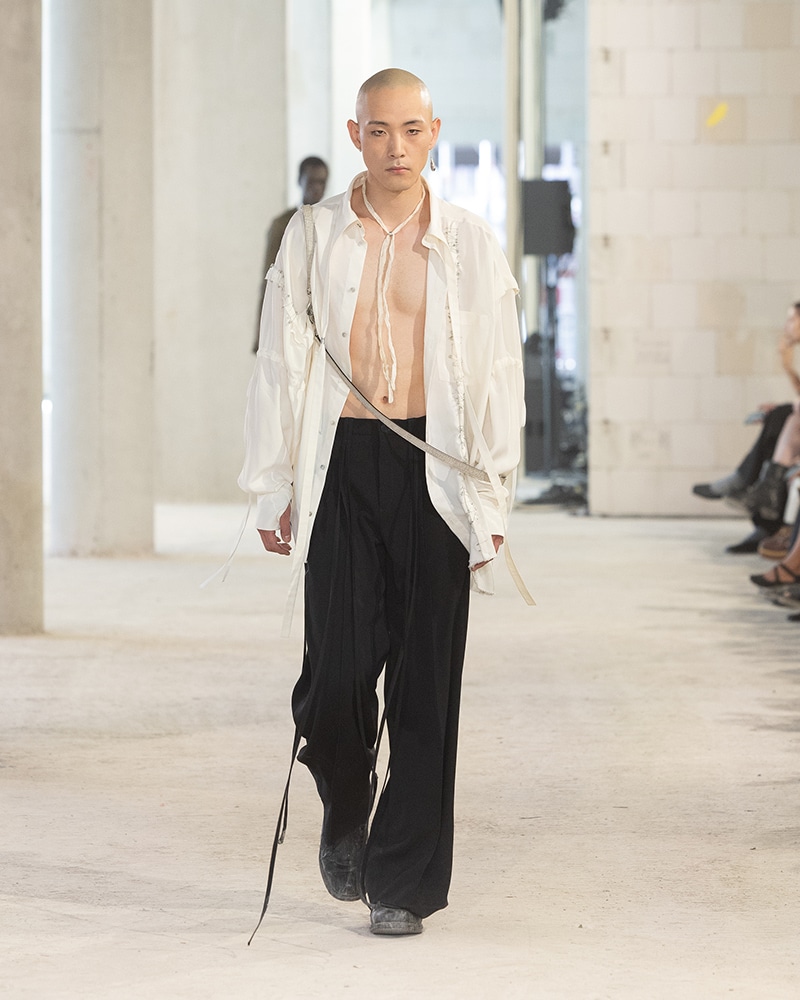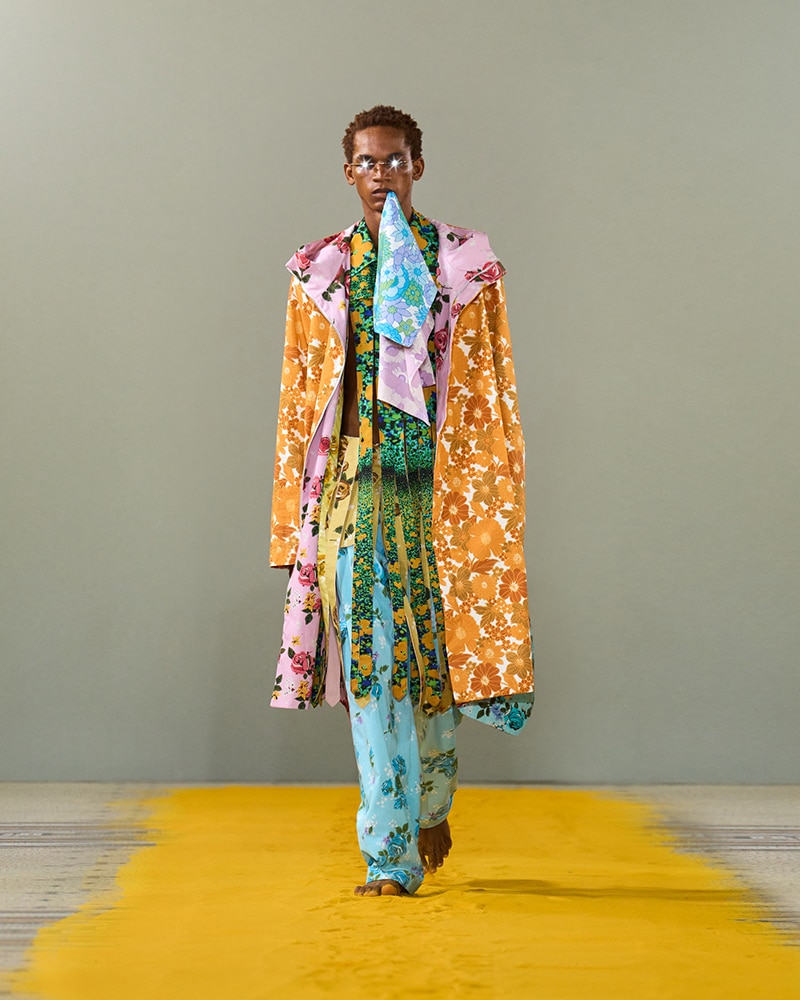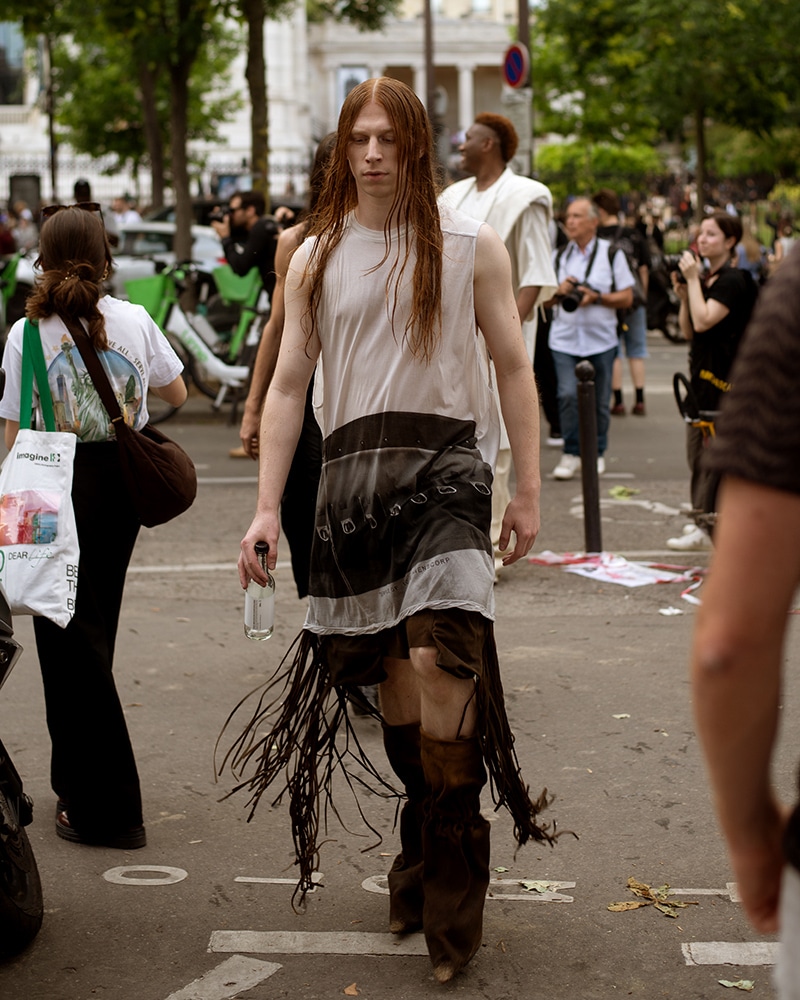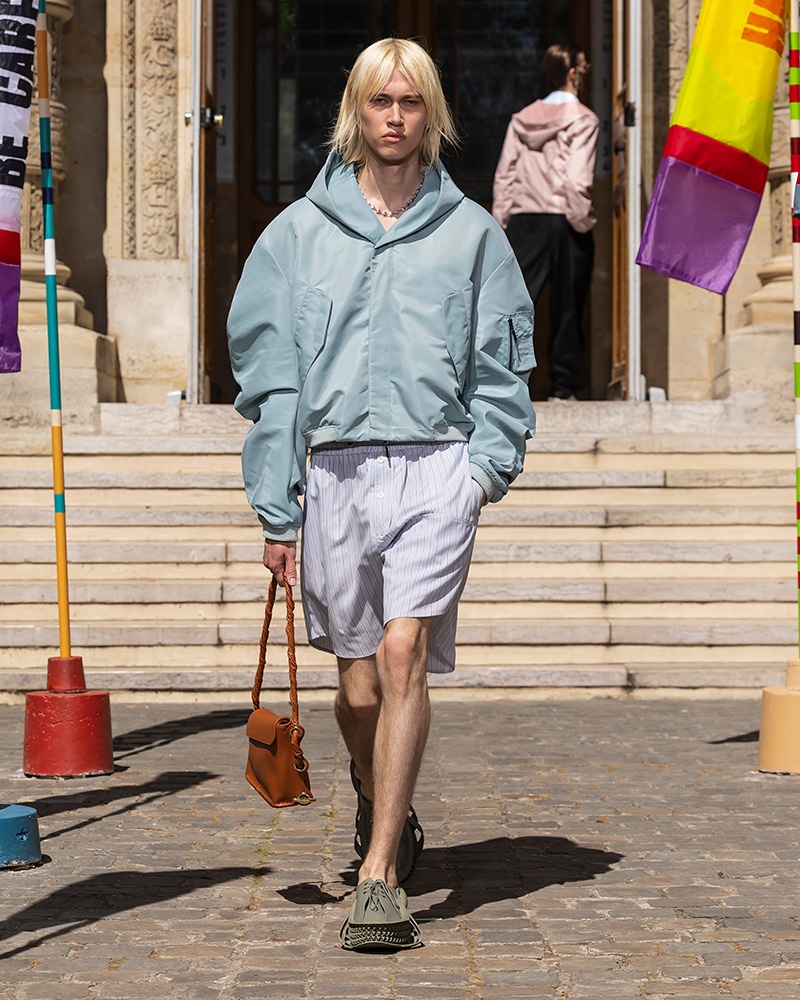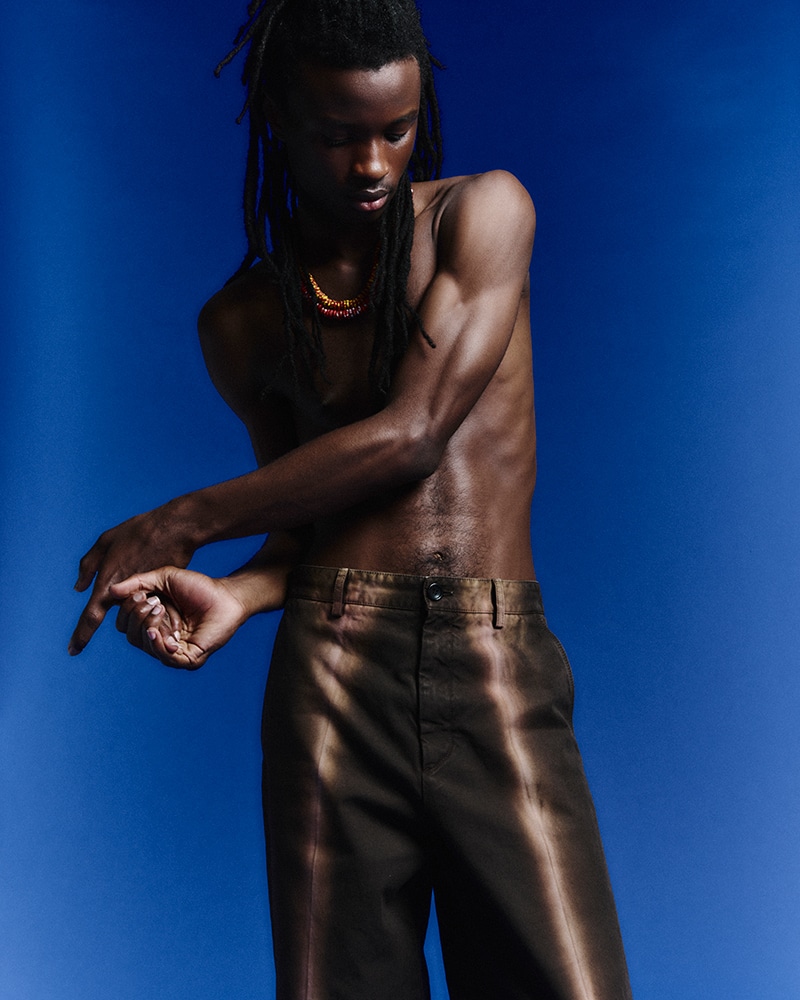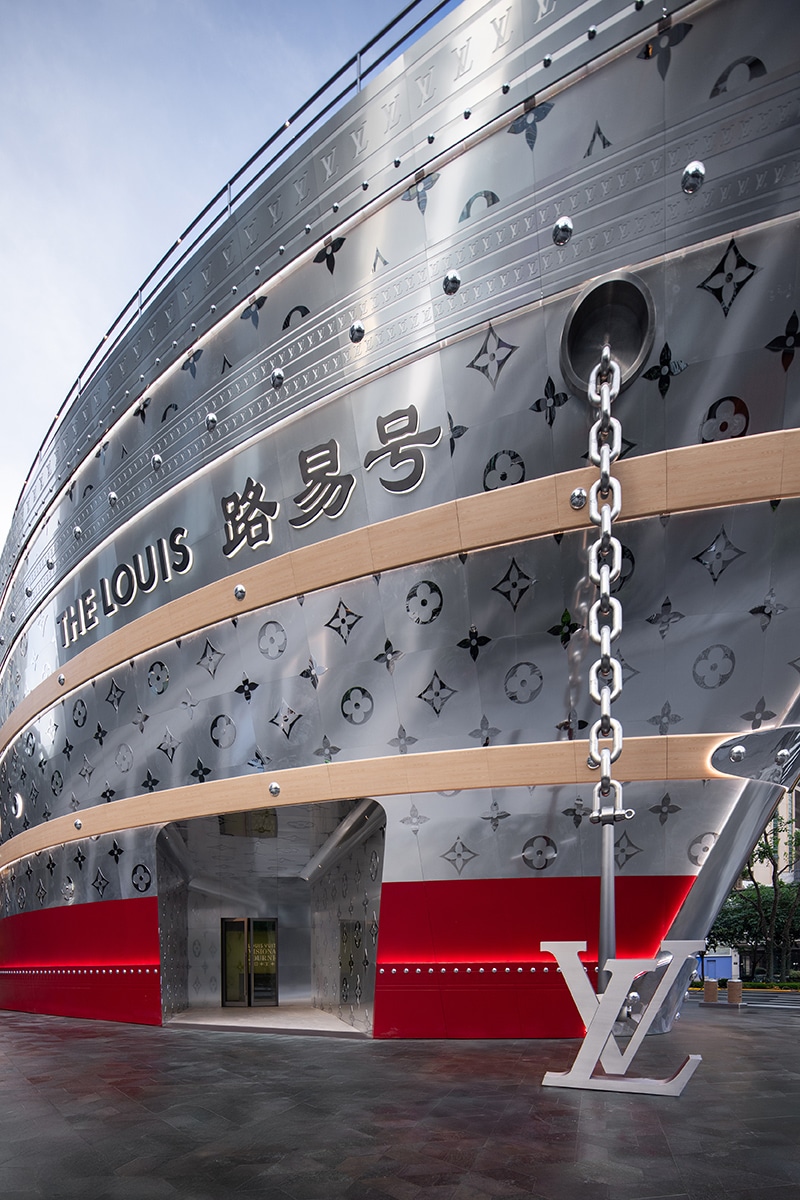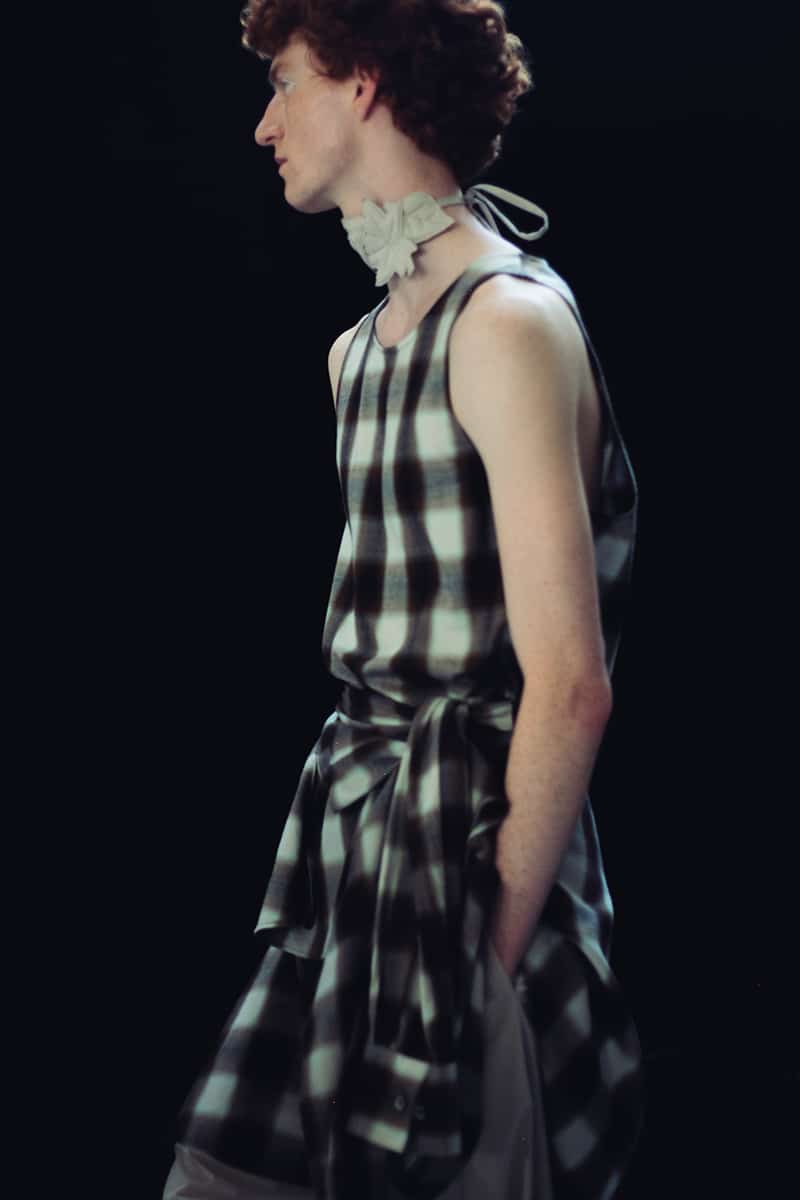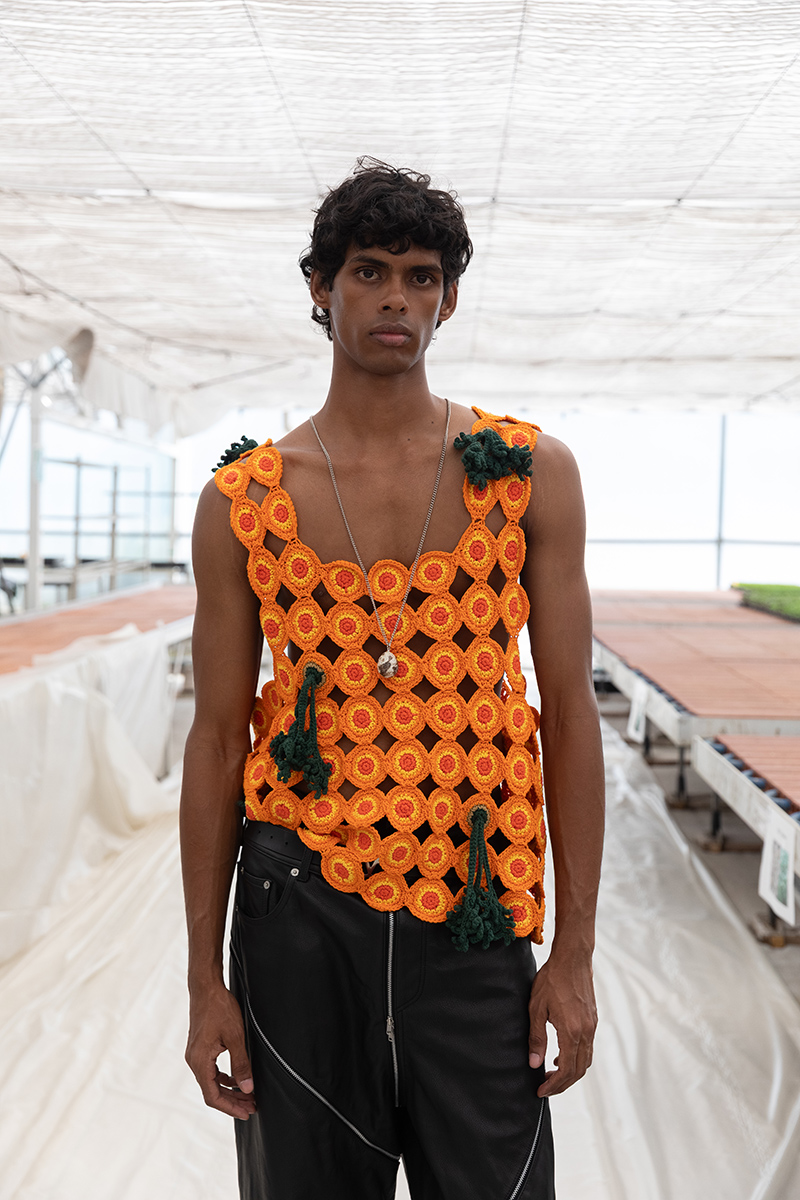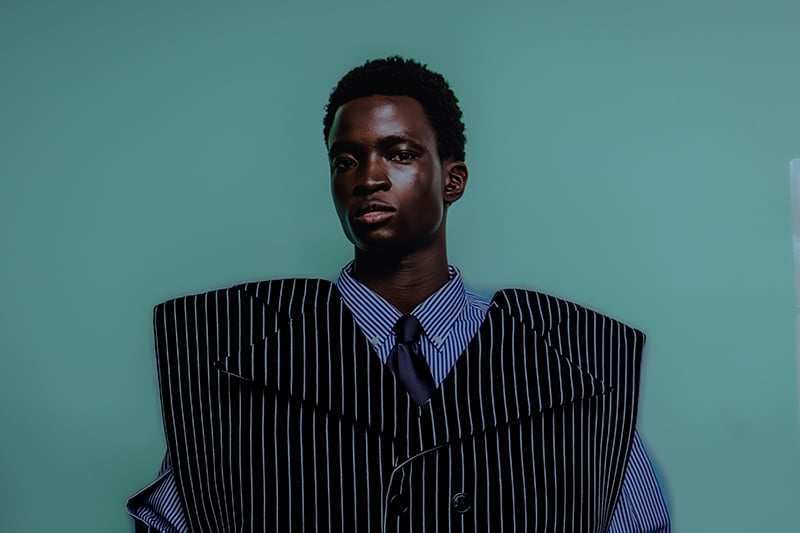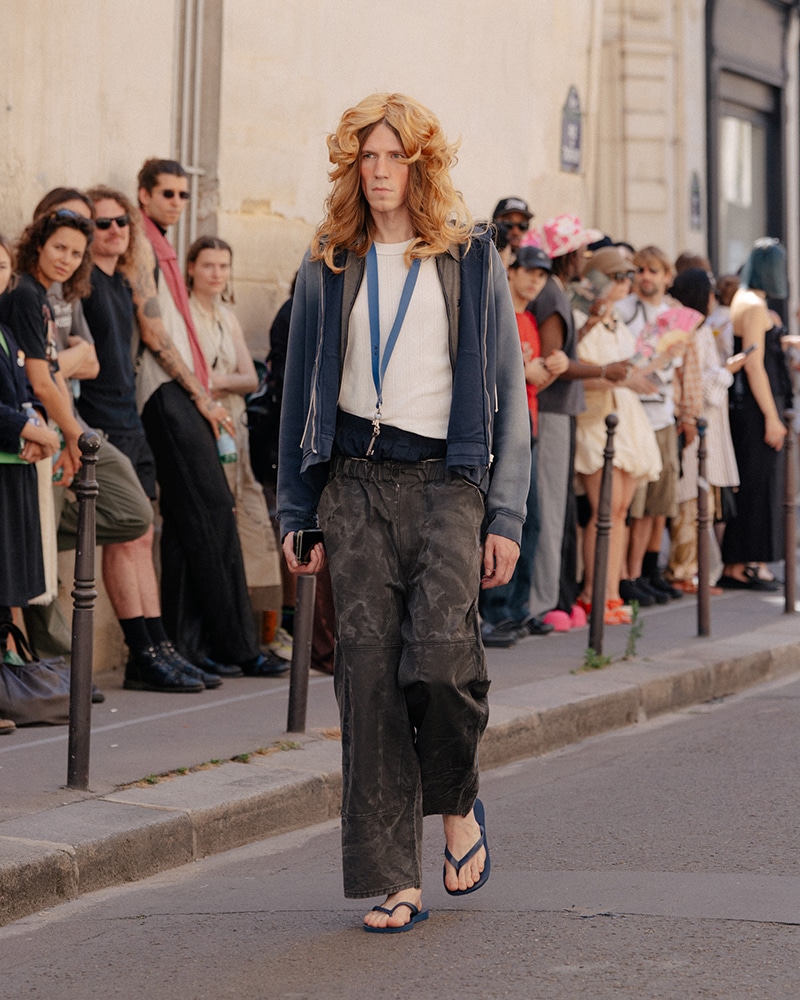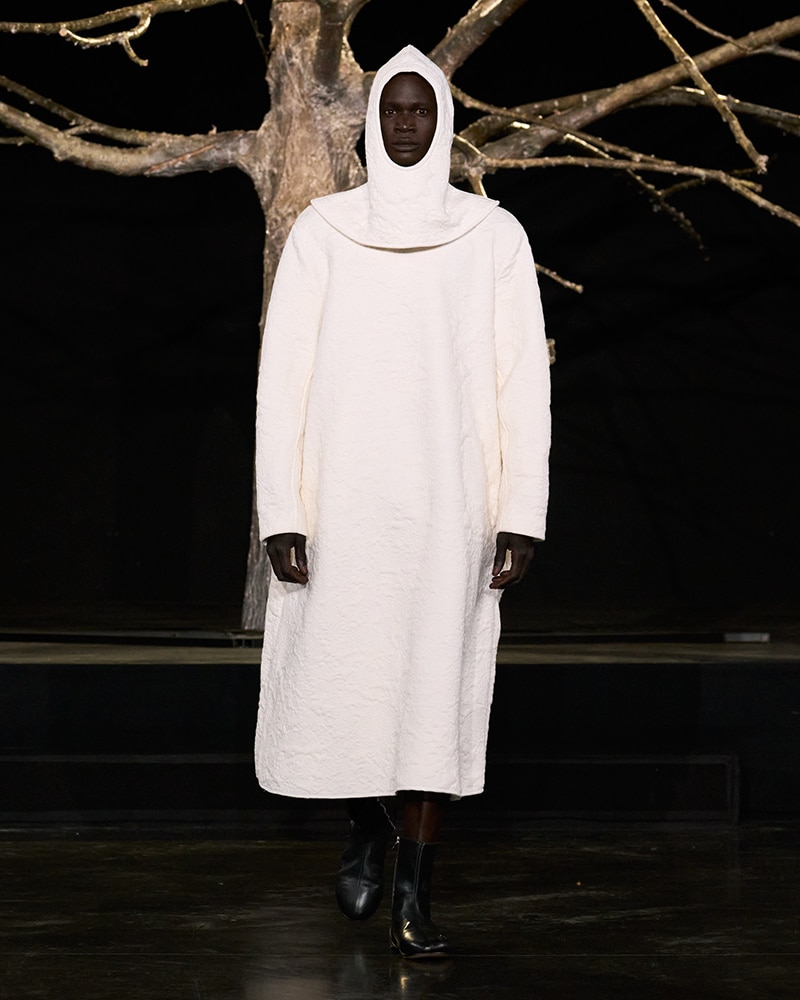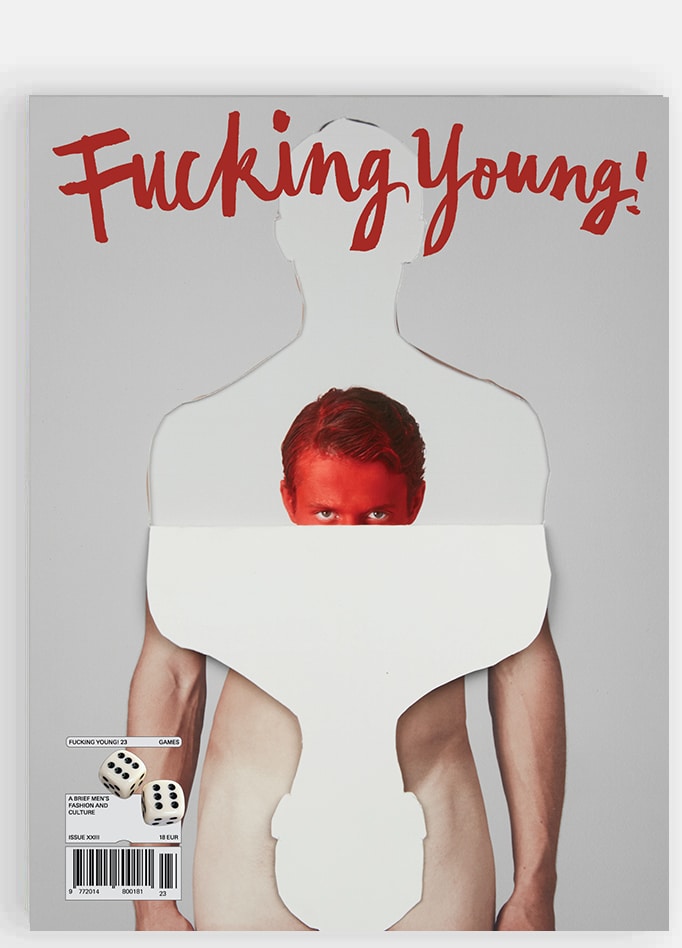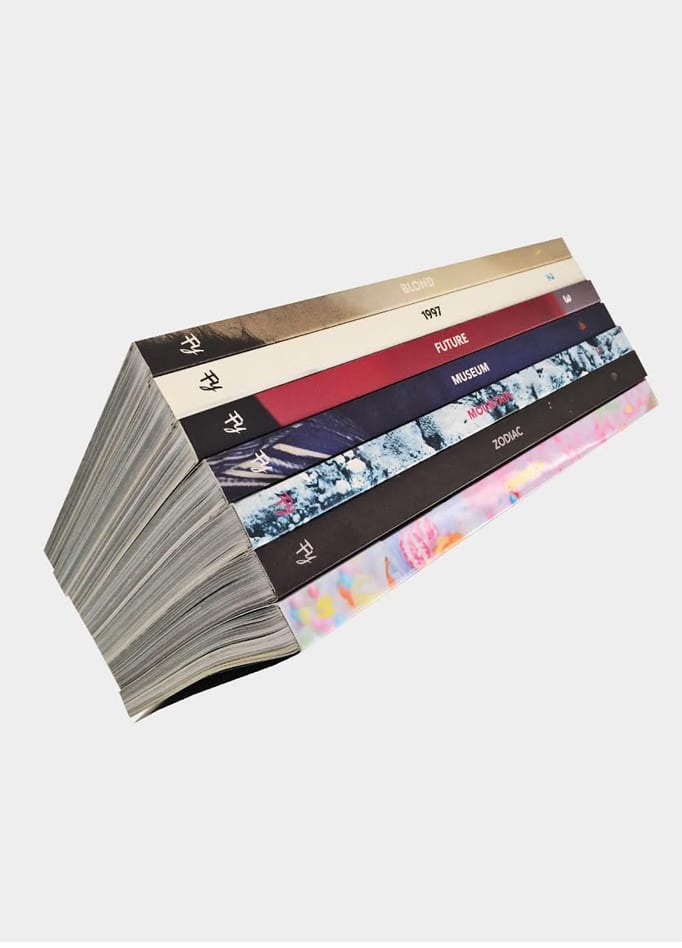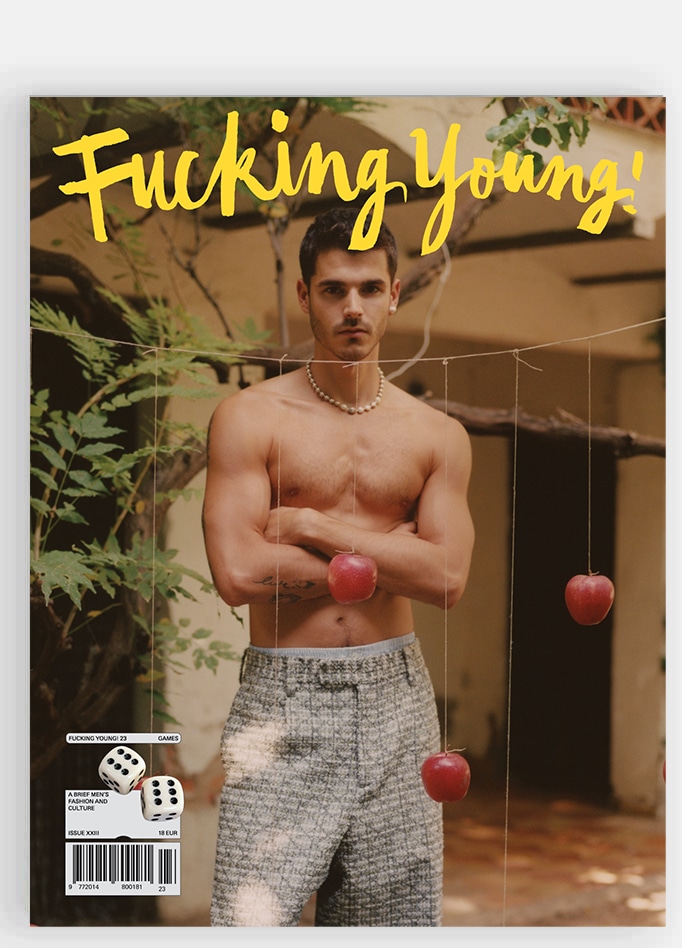Strong worldwide presence of already established rivals, a promising wave of a new generation designers, and growing economy – Japan holds all of the weapons under its armor to bring international recognition to its capital. Tokyo, known for its unique streetwear and the abundance of innovative domestic fashion labels, is by no means the most suited candidate to become the next fashion capital. With its ability to provoke interest and enough substance for motivation to form, when it comes to Tokyo, there is still minimum action taken.

Photo by Tetsuro Hayashi
After Kawakubo, Miyake and Yamamoto le for Paris in the 80s, Japanese designers and newcomers showed whenever they wanted, with no cohesive line-up, that formed a huge gap between official schedule and off-schedule shows remaining up until today. There was not enough fuel le to stimulate the fashion focus onto Japan itself, rather than the Japanese designers, who were then rapidly growing inside the international wombs.
Since that time, Japan has produced some household names such as Undercover, Sacai, Visvim, Facetasm, etc. that le domestic waters, but none of them rose to the success that of their rivals yet, and without them, Tokyo Fashion Week is an event most buyers would not bother attending to. Even though the climate for fostering fashion designers today has undeniably improved, Tokyo remains stagnant compared to Paris, Milan, London or New York. Currently, Tokyo Fashion Week attracts only a quarter of the visitors of the number that attends New York’s, even local designers themselves consider Tokyo’s fashion events to be not that big of significance, with bigger names o en choosing to show in Paris or London instead.
While those who leave cite the lack of individuality of Tokyo itself or one-way mentality to fashion as a reason, Japan as a country has yet to establish comprehensive industry system and lacks continuous government involvement. Comme des Garçons, the biggest Japanese fashion empire to date, from the very beginning, was self-financed. A lucky exception – not a recipe for success, as a lot of starting designers are struggling to get more support from the authorities – while others are aware of the benefits of domestic fashion industry’s expansion, Japan’s government is yet to fully comprehend how essential fashion can be to the economy. Although the opportunity for support is available, it is not Japan, but rather other Asian countries that are investing into Japanese fashion market. To start with, Japan lacks a governing institution, such as British Fashion Council in UK or FHCM in France. The situation might change soon with the creation of Young Designer’s Support Consortium established by METI (Ministry of Economy, Trade, and Industry) in 2018, aiming to become competitive in the global fashion market by supporting brands with funding provision, matching with potential suppliers and opting for bigger retailers’ visibility.
After all, Japan has always been an inherently conservative, hierarchical society and with being an island nation closed off for many centuries from outside influence, many domestic brands are only beginning to seek international distribution. If they do, most of them, still, lack knowledge and expertise in selling themselves, they struggle with language barrier too, which leaves it near to impossible to establish international connections. Coconogacco, founded by Yoshikazu Yamagata in 2008, is a school bounded to change that, along with a liberal teaching approach challenging traditional Japanese education with its mixed Japanese and
The European style of teaching. The school aims to help students think more globally – according to industry’s professionals, Coconogacco is expected to generate a new wave of creatives that could expand internationally.
Yet, Amazon, with fourth Tokyo Fashion Week under its sleeve, has been successful in pushing the week forward into the limelight. Sacai and Undercover joint show in 2017, Mame Kurogouchi’s show last March were both commercial and critical success that laid the foundation for events of even grander scale to take place in the future. Earlier this year, Amazon opened the biggest photo studio in the world in Tokyo, that, as in the case of Kurogouchi, can act as a show venue, too. The studio is expected to penetrate Japanese market with new job openings, Amazon’s further sponsorship trough market penetration and continuous investments, have potential to turn Tokyo into a trading engine, as other fashion capitals, attracting more and more interest from consumers and designers.
Still, in Tokyo, the lack of connection between the events is indisputable. In Paris or London, the whole city is involved, hotels and restaurants become fully booked, people are coming in and through the whole fashion week, economy seems to be centered on fashion. In Tokyo, all of the events are individualised, there is no such sense of total connection, no unity.
Perhaps Tokyo Fashion Week itself is simply desperate for more glamour which is apparent in other fashion capitals. Although bursting with fresh talent, the week suffers from the lack of name brands, most likely with talent being an ingredient not strong enough to supplement the current front row attendees, which are relatively low-key, with international celebrities, buyers and top fashion editors.
Earlier this month streetwear label Doublet became the first Japanese brand to win the LVMH Prize, proving Japan’s ability to repeatedly produce talent. Hopefully, Masayuki Ino’s unique approach to communication with a customer and his experimenting in pushing boundaries will speed up the process of making the trip to Tokyo to be worth of investment for fashion influencers around the globe.




